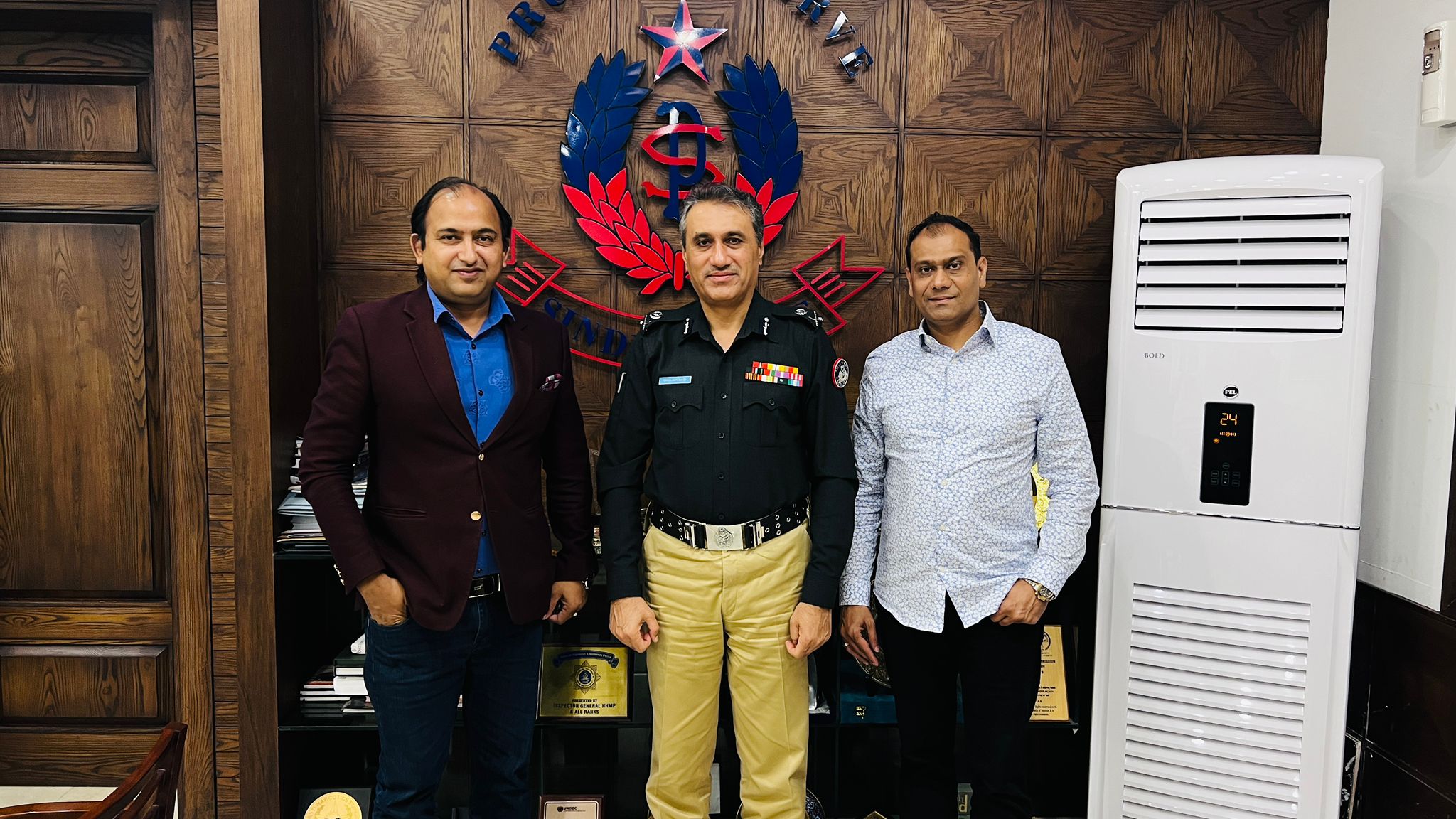By Muhammad Irfan Siddiqui
In a province long beset with multifaceted challenges ranging from organized crime to systemic inefficiencies within the law enforcement structure, the appointment of Ghulam Nabi Memon as Inspector General (IG) of Sindh Police in 2022 marked a pivotal moment. Over the course of the past three years, his tenure has stood out for strategic reforms, operational transparency, and the courageous tackling of deeply rooted problems. Under his leadership, the Sindh Police witnessed transformative changes that are now being acknowledged across administrative and public sectors alike.
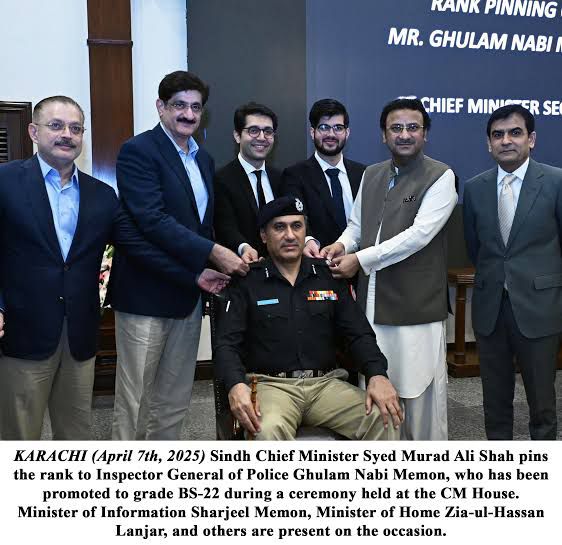
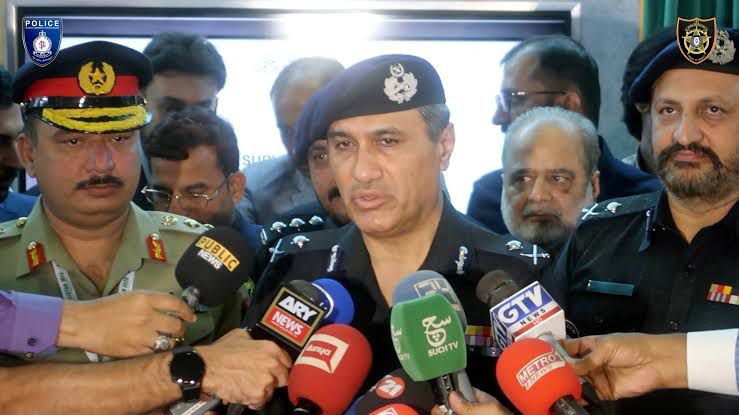
Administrative Reforms and Merit-Based Appointments
IG Memon’s leadership style has been defined by a commitment to transparency, performance-based promotions, and eliminating the influence of political favoritism within police ranks. For the first time in many years, postings of Station House Officers (SHOs) and District Police Officers (DPOs) were carried out through formal interviews, tests, and on-the-ground performance evaluations.
To build trust between the public and the police, Ghulam Nabi Memon actively promoted community policing models and introduced Public Response Units in key cities including Karachi, Hyderabad, Sukkur, and Larkana. These units provided swift channels for citizens to file complaints, report crimes, and track progress — greatly reducing the culture of “thana culture” (station-based bureaucracy) that had alienated the public.
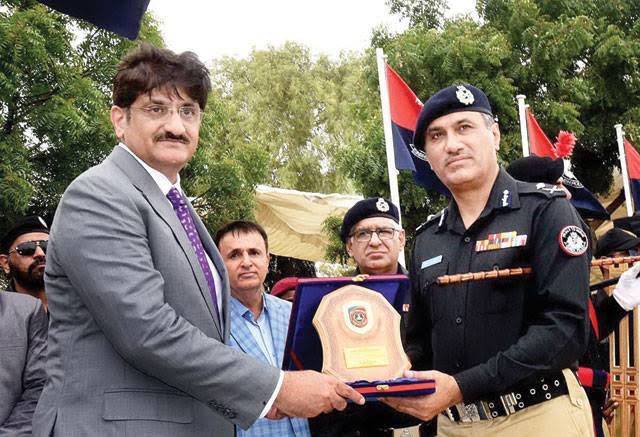
Combating Street Crime in Karachi
Karachi, the commercial heart of Pakistan, has faced an unrelenting wave of street crimes over the past decade. Motorcycle thefts, mobile snatching, and armed robberies had become routine. Under Memon’s command, the Karachi Police undertook a data-driven crackdown on such criminal activities.
His policies led to the deployment of rapid response teams, increased patrolling in hotspots, and a significant rise in intelligence-based operations. According to 2023 statistics, Karachi witnessed an 18% reduction in reported street crime incidents, particularly during high-risk months such as Ramadan and Eid.
But perhaps the most notable step towards long-term urban security came through the revival and execution of the Karachi Safe City Project — a technologically driven initiative that Memon regarded as a strategic game-changer.
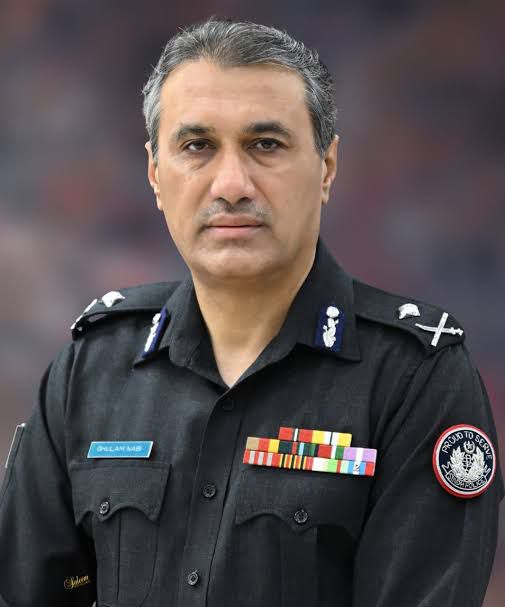
Karachi Safe City Project: From Vision to Action
Originally proposed over a decade ago, the Karachi Safe City Project had long suffered delays due to bureaucratic red tape, funding issues, and lack of political will. However, under IG Ghulam Nabi Memon’s push — in collaboration with the Sindh Government and international technology partners — the project finally took practical shape in 2023–24.
The plan includes the installation of over 14,000 high-definition surveillance cameras across 2,300 strategic locations in Karachi. These cameras are connected to a centralized Command and Control Center, capable of real-time facial recognition, vehicle tracking, license plate scanning, and behavior analysis.
Key components of the project include:
• AI-powered crime prediction algorithms
• Real-time GPS tracking of police vehicles
• Biometric surveillance and suspect identification
• Integration with NADRA and Excise databases for cross-verification
Already, the pilot phase has yielded significant results. Over 1,500 criminal suspects were geo-fenced and tracked through CCTV footage, and dozens of stolen vehicles were recovered through smart tagging. It is expected that once the Safe City grid becomes fully operational by late 2025, Karachi will stand among the top urban centers in Asia with intelligent law enforcement infrastructure.
Operations in Sindh’s ‘Kacha’ Areas
One of the most difficult areas for policing in Sindh has historically been the “kacha” belt — riverine zones in districts like Kashmore, Shikarpur, and Ghotki, which have long been safe havens for bandits and kidnappers. Ghulam Nabi Memon personally supervised multiple operations in these zones, deploying police commandos, armored vehicles, night-vision drones, and trained snipers.
These efforts resulted in the arrest of over 300 gang members, the rescue of dozens of abducted persons, and the destruction of several criminal dens. For the first time, the Sindh Police operated with air support and integrated intelligence-sharing from federal security agencies.

Technology Integration and Modern Policing
Recognizing the global shift toward digital policing, Memon placed high emphasis on technological advancement. During his tenure, the Sindh Police digitalized over 2 million criminal records, updated their fingerprint and DNA databases, and introduced mobile apps that allow citizens to report crimes instantly.
Police stations across the province were upgraded with e-FIR systems, and many now operate under a Model Police Station framework, ensuring citizen-friendly environments, particularly for women and minorities.
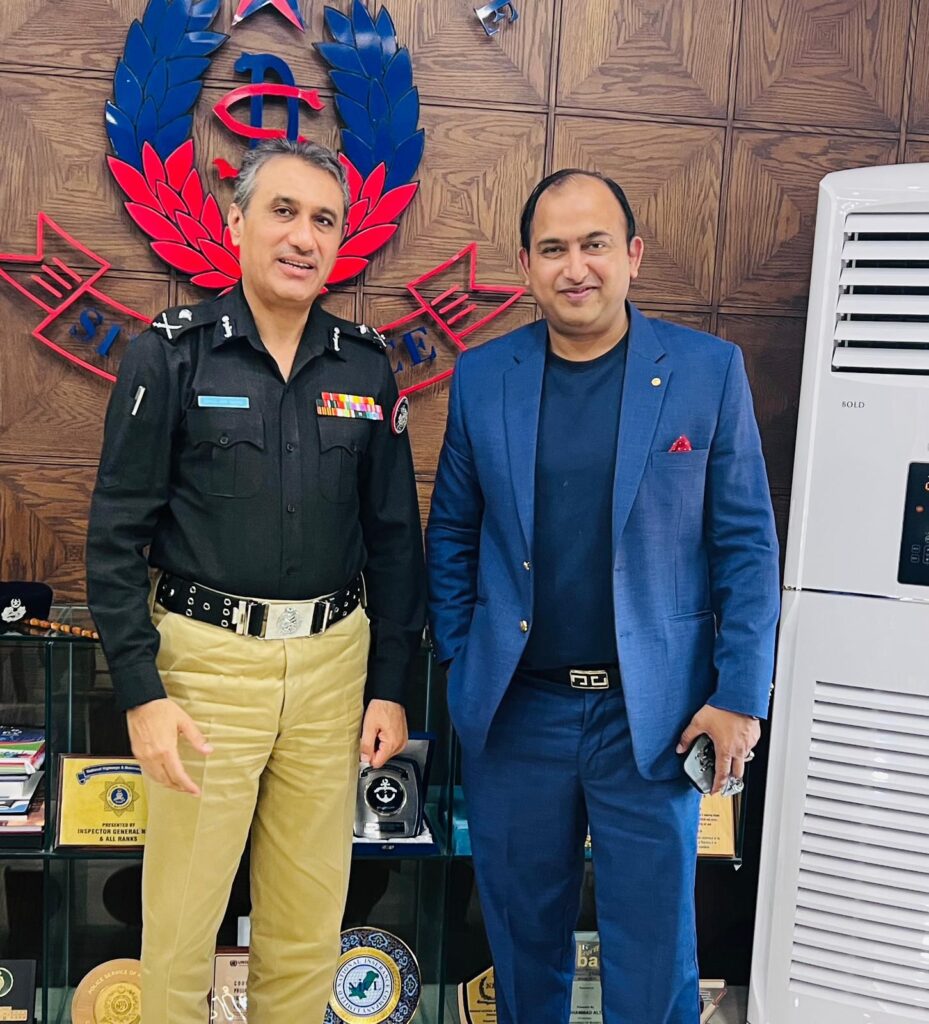
Welfare of Police Personnel
Beyond operational matters, Memon’s leadership paid careful attention to the welfare of the force. He approved increased compensation for the families of martyred officers, introduced medical allowances for injured personnel, and fast-tracked the promotion of deserving officers through a fair and transparent process.
Moreover, significant investments were made in the upgradation of training academies, particularly the Razzakabad Training Center, which now boasts a modern obstacle course, firearms simulators, and psychological counseling units for officers.
Criticism and Challenges
Despite notable achievements, Memon’s tenure was not without criticism. Human rights observers expressed concerns over occasional high-handedness during crackdown operations. Moreover, some civil society groups called for greater accountability in police custody practices. However, in response, Memon initiated internal inquiry committees, several of which led to disciplinary action against errant officers — demonstrating a rare willingness to self-correct.
Conclusion: A Tenure of Substance and Vision
Ghulam Nabi Memon’s two-year tenure as IG Sindh was marked by vision, strategic reforms, and results-oriented leadership. From reviving a stalled Safe City dream to rooting out crime in forgotten hinterlands, his contributions have left a legacy that future police leaders will be expected to uphold.
In a region where public trust in institutions is often fragile, Memon’s era serves as a reminder that professional policing, when driven by integrity and supported by technology, can rebuild confidence and ensure safety. As Sindh continues its path toward modernization and stability, his work will remain a foundation upon which stronger systems can be built.

